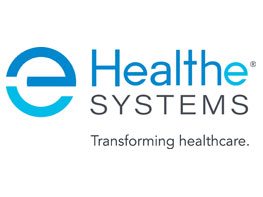White Paper
Things Change: The Growing Diversity of Pharmacy Cost Drivers
White Paper Summary
At one time, the prevailing conversation in workers’ compensation pharmacy management was focused on opioids. Addiction, abuse, overdose deaths – only after a decades-long struggle did healthcare professionals, industry leaders, and regulators come together to create multi-pronged strategies that have led to decreased opioid utilization and associated costs.
As workers’ comp continues to move forward from underneath the shadow of opioids, there is no longer a single drug class driving the overwhelming majority of pharmacy costs. Instead, there is a more diverse range of trends to consider when developing pharmacy program strategies, driven by a number of factors including, but not limited to, legislation expanding presumptions for certain occupations, the introduction of new and novel agents on the market, and regulation loopholes that incentivize prescribing behaviors.
For more content like this from Healthesystems visit their RxInformer clinical journal website.





